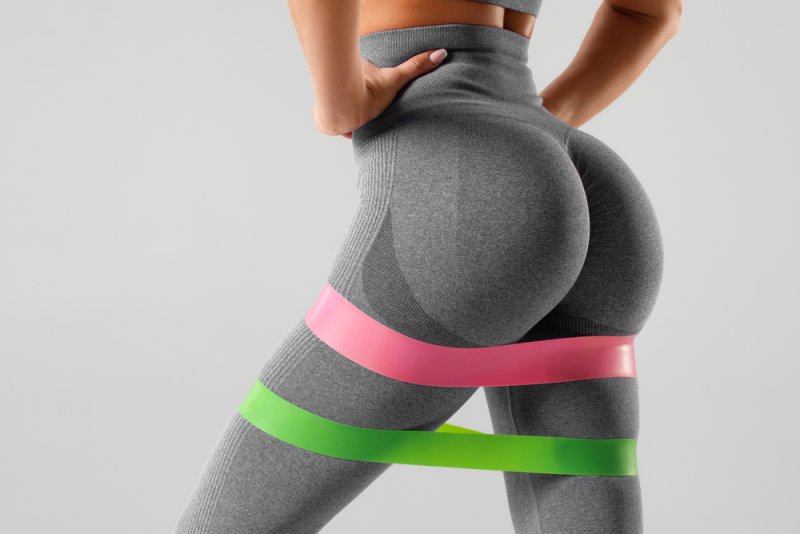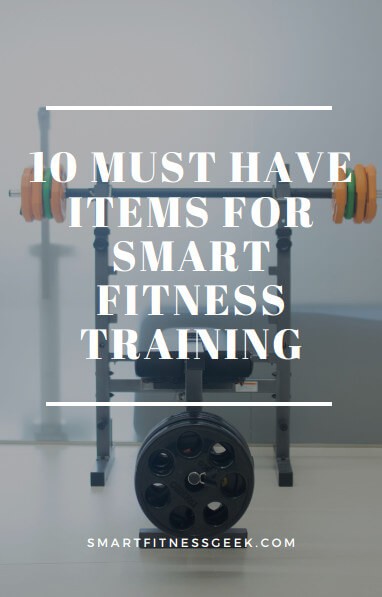When it comes to training the glutes, there are a lot of options out there. But there are also a few things that you should know before you start building up your program.
First, it’s important to train the glutes multiple times per week. This will help you maximize muscle growth and break training plateaus.
Table of Contents
Barbell Hip Thrusts
There are many great ways to train your glutes, but one of the best is the barbell hip thrust. This exercise is easy to learn, and it helps you build strong glutes from the get-go.
It’s also a versatile exercise that can be done as a standalone workout or as part of your leg routine. The barbell hip thrust is a compound movement that works the entire lower body, including your hamstrings, quadriceps and adductors. It’s also a great way to strengthen your hip flexors, which are essential for natural leg movements like running and walking.
When performing the barbell hip thrust, it’s important to use the right load and form to maximize glute activation and strength gains. A common mistake is letting the chest arch upward and stressing your lower back during this exercise, which can lead to inefficient lifts.
This can be an issue for anyone who has chronic back pain or is recovering from an injury. It’s best to speak with your doctor about whether this exercise is appropriate for you. If you’re new to barbell lifting or a beginner, start with bodyweight hip thrusts before using weighted versions of this movement.
You can also make the hip thrust more challenging by adding a resistance band to the exercise. Try to squeeze a strong peak contraction at the top of each rep and slowly lowering the resistance in 3-5 seconds for added intensity.
Another great option is to perform hip thrusts with a partner. This will help you develop proper form and muscle coordination while giving you extra support when you’re learning the exercise.
In addition to improving your posture and decreasing your risk of back injuries, developing glute strength is also a key component in strengthening other compound lifts. A strong glute will allow you to fully extend your hips during other exercises, such as squats and deadlifts.
Having strong glutes is one of the best things you can do for your overall fitness and athletic performance. It will improve your ability to accelerate, decelerate, change direction and create explosive power in jumping and sprinting.
Squats
One of the best ways to train your glutes is to add squats to your workouts. Squats are great for building muscle and can also help to increase your bone density. They are also great for strengthening your lower back and improving your posture.
Squats are a compound movement that combines the glute muscles with other muscles of the legs, such as the quadriceps and hamstrings. They’re a great exercise for boosting your strength and endurance and can be done with or without weights.
Ideally, you want to do heavy squats in the range of 75-to-85% of your one-rep max. This will allow you to train the glutes at a relatively slow-twitch intensity (compared to the more fast-twitch movements like barbell hip thrusts), and will give you a greater potential for muscle growth.
When squatting, you should keep your shoulders back and your chest up. This will allow you to build a strong foundation throughout the movement and avoid lumbar sprains. It’s also important to avoid hyperextending your back.
Another thing to avoid is hunching your back during squats, as this will weaken your lower back and make the movement less effective. It’s also important to keep your knees outward while squatting, so that you’re not overextending them.
Squats can be hard on the joints, so it’s a good idea to get advice from your doctor before you start doing them. It’s also a good idea to make sure you have the proper equipment to perform them safely.
You should also do a warm-up before squatting, so you’ll be prepared to handle the intensity of the exercise and won’t strain your hips or spine. Lastly, you should try to complete three sets of 10-20 reps at least three times a week.
It’s a great idea to track your progress using an app like Hevy. By tracking your progress, you’ll be able to see how much harder you’re working and how you’re improving.
There are many myths out there about squats, but they’re definitely one of the best ways to train your glutes. You should also do a variety of glute exercises to target all of the muscles in your butt.
Hip Extensions
There are several ways to train the glutes, but hip extensions are one of the best. They are easy to do at home and work the hamstrings, lower back and glutes at one time. They can be done as part of a dynamic warm-up, or as a standalone exercise that requires little equipment.
The best way to train the glutes is to do a variety of different exercises, and include both strength training and mobility in your workout routine. These movements will develop, tone and strengthen your glutes while also improving your balance and posture, which will help you perform your everyday activities without injury or pain.
In the gym, you’ll often see trainers performing various hip extension exercises as a part of a strength training routine. These exercises will also increase your flexibility and range of motion.
Those who are looking to increase their overall strength and endurance should consider performing 12 to 16 sets of these exercises each week. More advanced trainees may be able to do more, depending on their goals and progress.
There are a number of different muscles involved in hip extensions, but some of the prime movers include: Gluteus Maximus, Adductor Magnus, Semimembranosus, and the long head hamstrings (biceps femoris, semitendinosus).
Your gluteus maximus is the largest muscle in your body. It makes up the rounded shape of your buttocks and helps you stand upright, so it’s important to develop this powerful muscle in your workout routine.
It also provides the stabilization you need when standing up from a chair or walking up stairs.
A simple exercise, the hip extension can be performed as part of a morning routine or in a strength training workout. Begin by laying on your back with your feet shoulder-width apart and legs extended. Use your glutes to push up through your heels and raise your bottom off the floor until you form a straight line from your knees to your chest.
Once your body is in the full hip extension position, pause before lowering yourself back to the beginning position. Squeeze your glutes and hamstrings to return to the start position and repeat for 8-12 reps.
Deadlifts
One of the best ways to train the glutes is by performing deadlifts. These exercises are a compound movement and work the largest muscles of your body, including the hamstrings, calves, quadriceps, glutes, hips, low and mid-back, adductor magnus, abs, and core.
They also promote fat loss and increase overall strength. To maximize your results from this exercise, do it regularly and with increasing weights over time.
The deadlift is a foundational exercise that should be part of every strength-training program. Its multiple variations provide a large variety of benefits and allow you to target specific muscle groups and strength goals, according to the National Strength Training Association.
If you are a beginner, be sure to start out with a lighter weight and gradually increase the weight over time until you can lift as much as you want safely. This is called progressive overload and will improve your strength and muscle-building ability.
Although many people think that squats are the best way to train your glutes, deadlifts actually have more benefits for building strong legs. Unlike squats, which involve bending your knees and work the quadriceps and hamstrings, deadlifts work several of the same muscles but place less pressure on your knees.
As long as you maintain proper technique, deadlifts are an excellent choice for those with knee problems or pain from lunges and squats. Additionally, they will help strengthen the lower back, which can reduce the risk of injuries from these moves.
Another great benefit of deadlifts is their grip-strengthening properties. You’ll have a better grip when you do other strength-training moves, such as push-ups or pull-ups. You’ll also have a stronger grip when carrying something heavy, such as a jar lid or a box.
If you’re new to the gym, you should start out with squats and then move on to deadlifts once you have the basic movements down. You can perform deadlifts using just a barbell and some weights, or you can switch it up by adding a trap or hex barbell or a kettlebell. Alternatively, you can even use a chair behind you to help you push up on the bar.







